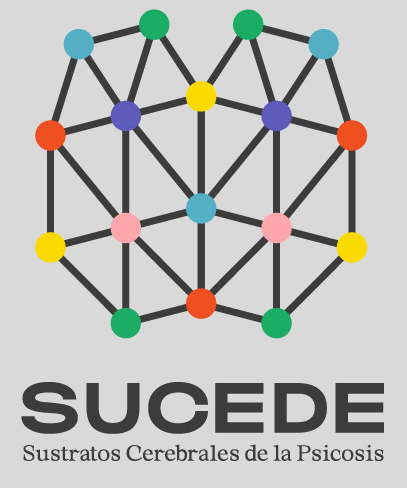BIBLIOGRAPHIC REVIEW: IMPAIRED COROLLARY DISCHARGE IN PSYCHOSIS AND AT-RISK STATES: INTEGRATING NEURODEVELOPMENTAL, PHENOMENOLOGICAL AND CLINICAL PERSPECTIVES (Poletti et al., 2019, Biol Psychiatry Cogn Neurosci Neuroimaging).
In this article published in 2019 in Biol Psychiatry Cogn Neurosci Neurimaging, the authors (Michele Poletti, Antonio Tortorella and Andrea Raballo) start from the following conceptual framework: they understand the brain as a predictive machine that mediates 1) our relationship with the environment through the elaboration of models of what we can expect and 2) the comparison of these predictions with the perceptions that it actually receives through the sensory organs (including proprioception). In this way, it uses model-perception differences to adjust the former (learning) or correct its actions (from adjusting simple motor acts to making complex decisions). In this article, the authors make a complete bibliographic review focused on one of the neurophysiological mechanisms involved in this prediction-comparison process: corollary discharge (CD).
CD is a neurophysiological mechanism that can be measured in single cell records across different animal species and in all sensory pathways. It consists of information that starts from the motor cortex when we initiate an action and reaches the sensitive areas providing an estimate of the sensations that can be expected as a consequence of our motor acts. Thus, the information received through the sensory organs is “compared” with this information and can be “discarded” when there is coincidence. This process is called sensory attenuation (SA) and is manifested by a decrease in the intensity of the N1 signal in the EEG recording. DC and SA mechanisms have different physiological functions among which is the possibility of “signaling” an action and its consequences as one’s own, that is, marking it as performed or initiated by the individual himself.
The authors conduct a review of the available evidence pointing to the existence of alterations in the mechanisms of CD in individuals with schizophrenia spectrum syndromes (SEE) and make an analysis from the neurodevelopmental, phenomenological and clinical point of view. From the neurodevelopmental point of view, they try to give an answer to the question of whether the alteration of CD is produced: 1) in the initial phases of neurodevelopment, generating endophenotypical alterations; or 2) the mechanism remains intact and functional until late phases of development, and its failure gives rise immediately to the associated psychotic symptoms (essentially auditory hallucinations and phenomena of influence and control). From the phenomenological point of view, they try to elucidate what could be the subjective correlation of the alteration of the CD mechanisms; and from the clinical point of view, they try to determine if the CD alterations suppose an all or nothing phenomenon or on the contrary, they could generate a gradient of manifestations, some of which could escape the margins of what we consider compatible symptoms with the syndromes of the schizophrenia spectrum.
As a final conclusion of the review, a model is proposed that starts from the existence of early alterations in the neurodevelopment of the CD mechanisms, whose immediate manifestation are motor alterations (lack of motor coordination, delay in psychomotor development, alteration in ocular follow-up tasks and in saccadic movements, etc.) Its persistence over time generates a sustained difficulty for the identification of the motor activity as one’s own, altering its normal relationship with the environment and preventing the adequate development of the senses of ownership and authorship that constitute the basis of the pre-reflective “self”. The persistence of these alterations would give rise to alterations of the self in adult life, which would have a fundamental role in the development of psychotic symptoms. The evidence seems to indicate that the existence of a gradient would be possible, so that alterations in these mechanisms of less intensity or less maintained could give rise to other clinical phenomena not as serious as the psychotic symptoms (with greater integrity of the mechanisms of the self, such as obsessive symptoms).
From this model, it would be interesting to study patients with motor disorders related to neurodevelopment and possible alterations of the self. The systematic evaluation of the motor alterations in the clinical context would also be advisable, since alterations at this level could be an indicator of a greater risk of psychosis.



